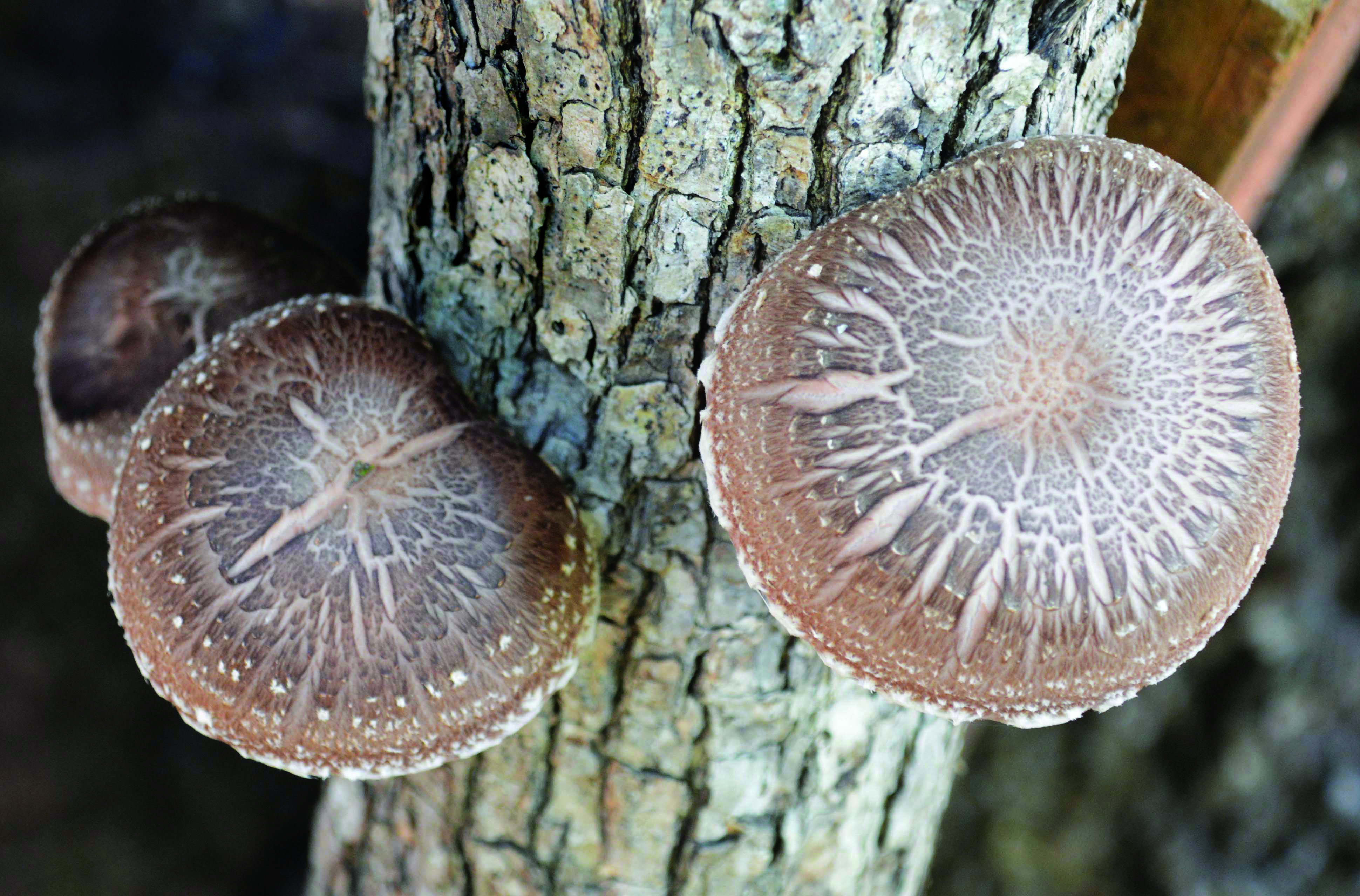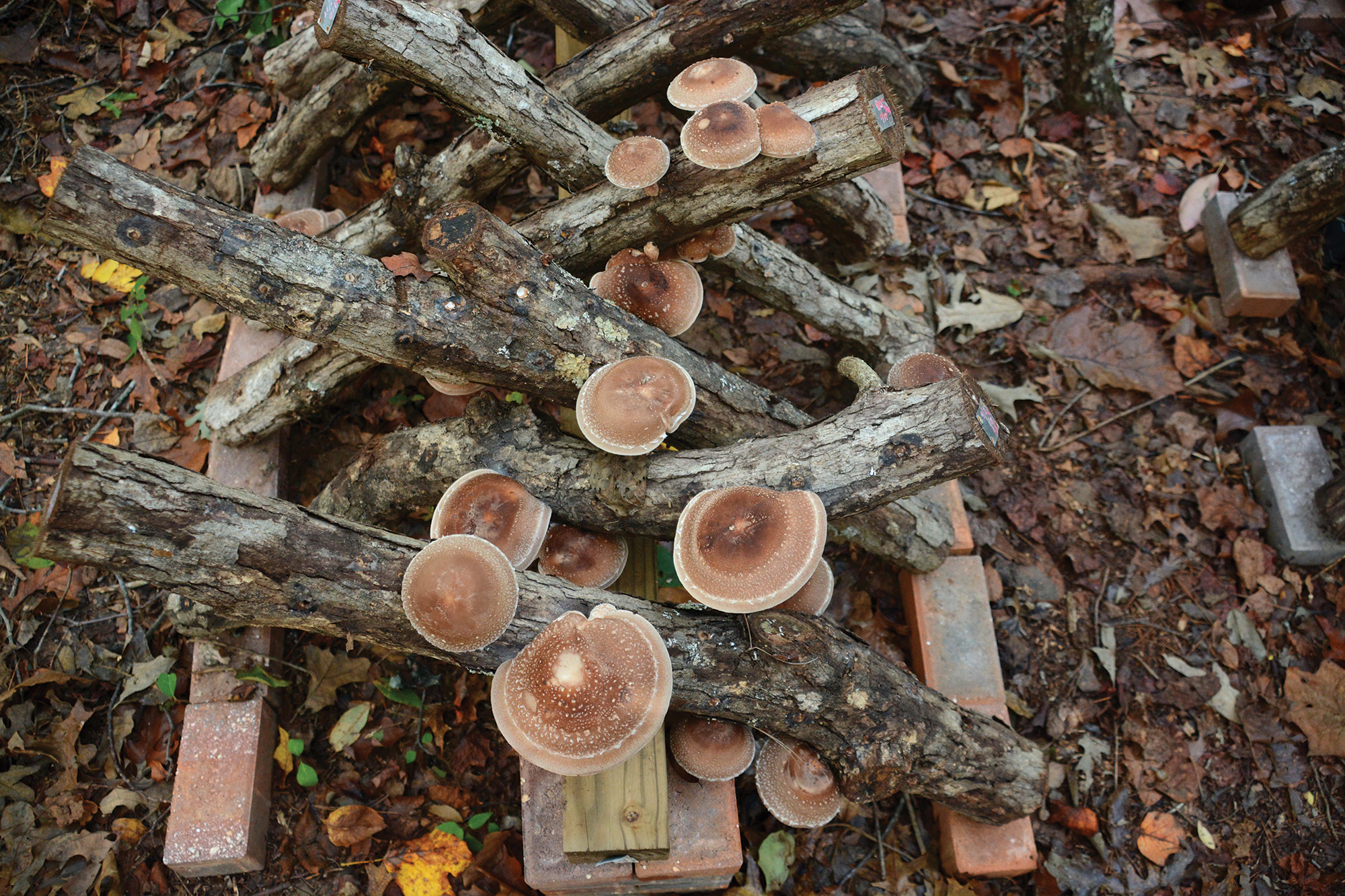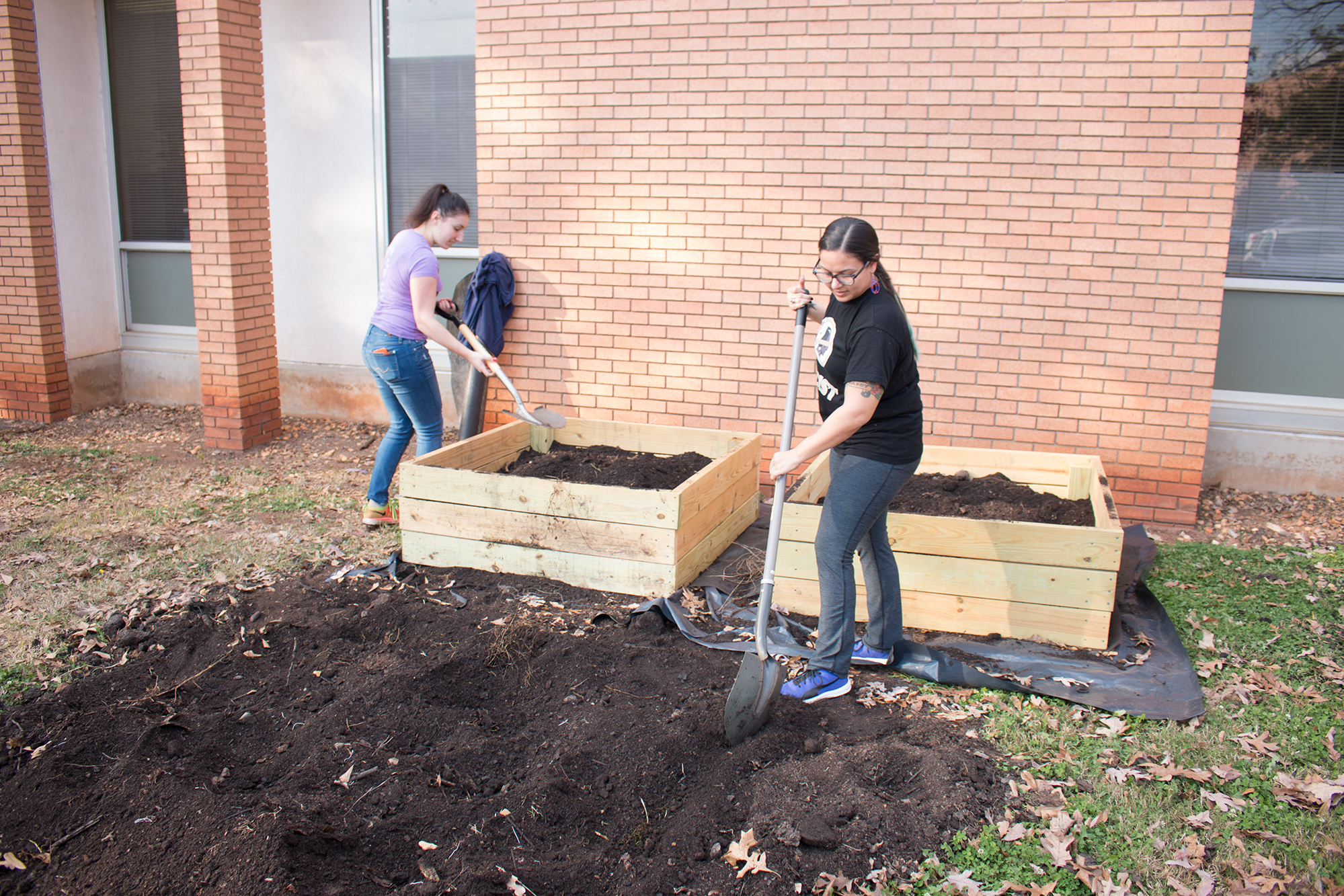An Interactive Landscape
Article by Michala Stewart
The Clemson University (CU) Food Forest is a Creative Inquiry project that wants to change the way students experience the campus landscape. The team wants Clemson’s landscape to be not only beautiful but also edible. Imagine walking into your local grocery store and wandering through the produce section. There are ripe fruits and berries, fresh peas and mushrooms and peppermint leaves you can add to your morning tea. Replace the grocery store with your campus landscape, remove the price tags and you have a food forest.

The convenience of grocery stores has allowed us to forget where our food comes from, but food forests turn a simple snack into a chance to learn about how food is grown. Similar to a forest, food forests are planted in layers with each layer containing different plants that function together to flourish. A forest exists and functions on its own, without human assistance. A food forest takes this same design but modifies it so that all of the plants are edible. Each plant is selected for its edible, medicinal and aesthetic qualities. Anyone can pick from these forests and the goal is to nourish, educate and inspire.
Dr. Julia Kerrigan, a mycologist from the Department of Plant and Environmental Sciences, is the mentor of the project. Kerrigan said the goal is that everyone who passes a food forest on campus can stop and enjoy it, but also learn from it. We all eat mushrooms or blueberries from stores, but there is something different about picking your own and seeing where they grow. Kerrigan believes it is this aspect that will educate others and help them to interact and connect with the landscape around them.

The project started with creating a mushroom garden outside of the Poole Agricultural Center on campus. The team harvested logs and inoculated them with mycelium, or mushroom spawn, and then arranged these logs around plant beds to serve as walls. Both the logs and the plant beds they surround will grow a variety of mushrooms such as Shiitake, King Stropharia, Oyster and Black Poplar. Senior biological science major, Brian Hurley, helped install the mushroom garden and said that this garden has a wider variety of mushrooms than he can get at most grocery stores. Hurley hopes the garden will demonstrate to other students how mushrooms are cultivated.
“I think something like what we’re doing here in this food forest, growing different types of mushrooms and showing people that you can actually do it in your backyard and you can do it yourself, is great,” Hurley said.

Since food forests are sustainable, they have a positive impact on the environment. The team’s goal is to install food forests throughout campus so students less familiar with agriculture can see how their food is grown. They recently installed raised plant beds near the Redfern Health Center on campus. More and more people are starting to understand the importance of sustainable, natural and healthy resources and how, in the long run, they are better for us and the environment. Establishing food forests on campus is a great way to take a step towards being more environmentally friendly as a University. By turning Clemson’s landscape into something functional, sustainable and interactive with tangible benefits for all, the CU Food Forest Creative Inquiry project is helping Clemson’s campus nourish not only its students but also the Earth.

CONTACT
Barbara J. Speziale
Director
(864)656-1550
bjspz@clemson.edu
Cora Allard-Keese
Assistant Director
(864)656-0721
callara@clemson.edu


